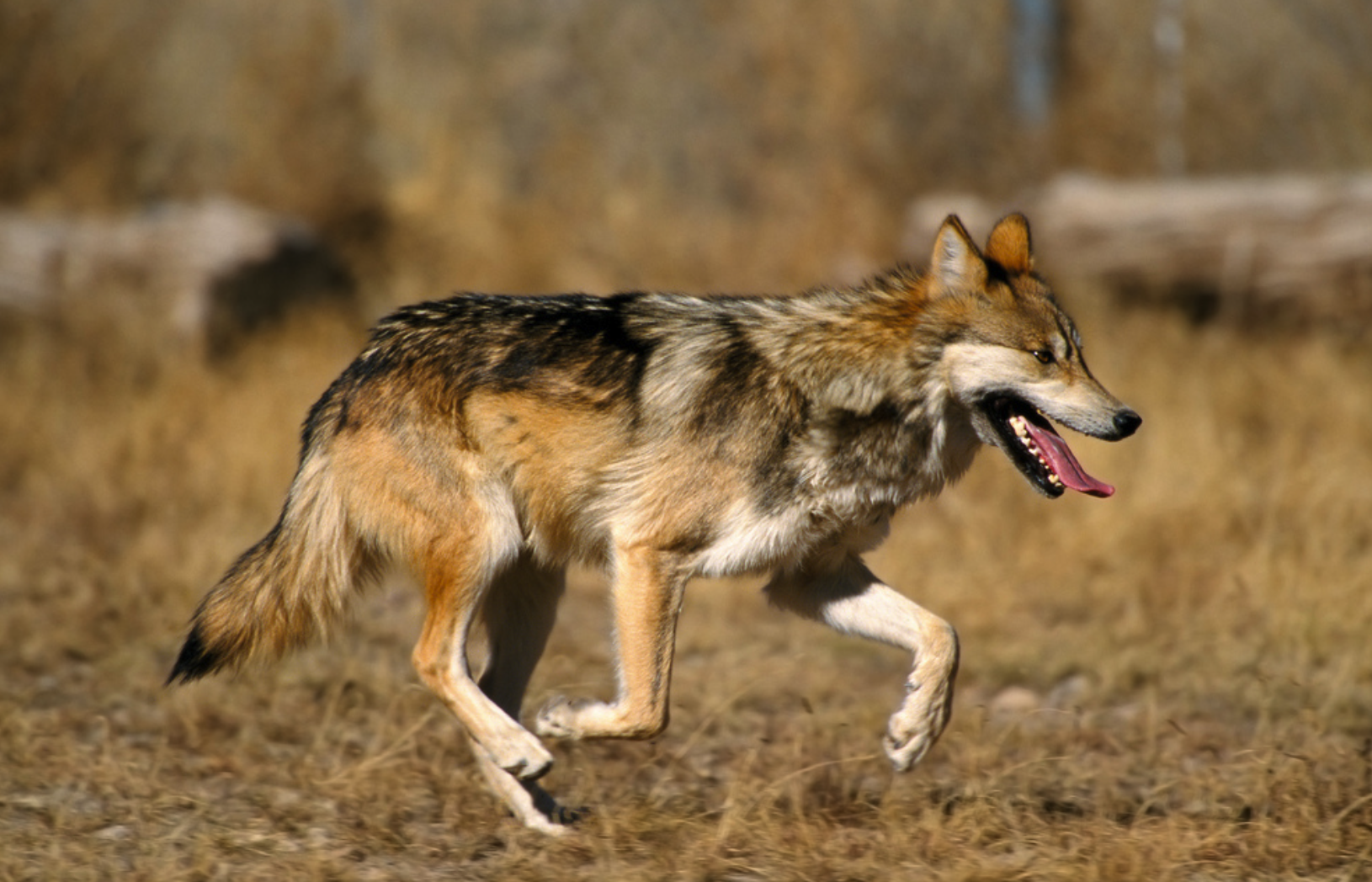
Mexican Wolf
Manuel Lara talks about the “Importance of superpredators” in ecosystems.
|
Canis lupus baileyi (Nelson & Goldman, 1929) |
Order: Carnivora |
Family: Canidae |
|
|
HABITAT Currently it is only found living in the wild in Arizona, New Mexico, Sonora, and Chihuahua; while in captivity there are around 200 individuals distributed in 48 breeding facilities in the United States and Mexico. |
|||
|
RECOVERY EFFORTS: One of the most endangered mammals in North America; by the mid-1980s, hunting, trapping, and poisoning caused the extinction of wolves in the wild, with only a handful remaining in captivity. Since then, for over four decades, the U.S. and Mexican governments, with the help of some non-profit organizations, have worked to recover the popula- tion of the Mexican wolf. In 1998, wolves were reintroduced into the wild as part of a federal reintroduction program under the Endangered Species Act. As a result of these efforts, in 2017 it was estimated that there were at least 143 individuals currently living in the wild in both countries, and about 240 in captive-breeding facilities. |
|||
REFERENCES:
Center for Biological Diversity (s.f.). “NATURAL HISTORY – MEXICAN GRAY WOLF”. https://www.biologicaldiversity.org/species/mammals/ Mexican_gray_wolf/natural_history.html
Heffelfinger, J. R; Nowak, R. M.; Paetkau, D. (2017). “Clarifying historical range to aid recovery of the Mexican wolf”. The Journal of Wildlife Management. 81 (5): 766. doi:10.1002/jwmg.21252
Wolf Conservation Center. (2022). “Mexican Gray Wolf”. https://nywolf.org/learn/mexican-gray-wolf/











